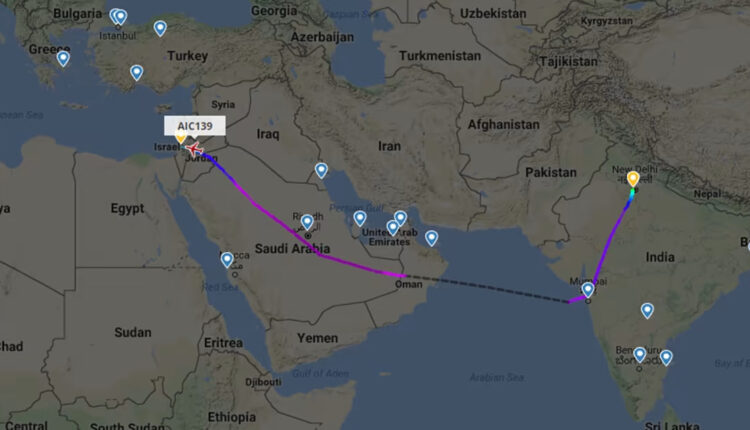Saudi Arabia rushes to break the siege on the Israeli enemy
Yedioth Ahronoth newspaper announced that Indian Airlines will resume its flights to occupied Palestine starting January 1, 2026, passing through Saudi airspace, following a prolonged suspension resulting from the air traffic disruption caused by Yemeni operations in the Red Sea.
Follow-ups – Al-Khabar Al-Yemeni:
The decision to pass through Saudi airspace reveals the practical face of Riyadh’s policies, which open direct corridors for foreign companies to facilitate the enemy’s access, while Yemen imposes strategic restrictions that limit Israeli air mobility and create genuine aerial isolation for the Israeli enemy entity.
This move exposes the contradiction between the Saudi media discourse proclaiming positions supportive of the Palestinian cause and the practical measures that grant the enemy freedom of access to airspace and the region, which proves the duality of the Saudi regime’s policy and its preference for economic interests over the resistant Arab stance.
On the other hand, the decision demonstrates the extent of the impact of Yemeni operations in disrupting the enemy’s air transport and compelling international companies to hesitate before returning to the airports of the Israeli enemy entity, which confirms Yemen’s ability to impose long-term strategic deterrence equations.
Observers believe that allowing flight transit through Saudi Arabia a few months ahead of schedule reflects Riyadh’s readiness to expand channels of commercial and tourist normalization with the Israeli enemy entity and may pave the way for broader steps in the economic and security fields under the pretexts of opening corridors and reducing isolation.
Economic and political analyses attribute the decision to a balance of interests that pushes Riyadh to respond to corporate demands and investment ambitions at the expense of the resistant national stance, while Sana’a continues to enhance its aerial and naval deterrence tools that restrict the entity’s activity and impose costs on its supply networks.
The decision also marks a direct Saudi intervention to break the aerial isolation of the enemy after attempts to break the naval siege through logistical and land solutions, which reflects the intersections of regional interests that may appear to favor the enemy if this approach continues.
In conclusion, this development is considered an indication of the weakness of political independence in some regional capitals and the effectiveness of the Yemeni position in creating strategic constraints that the Israeli government must consider when reassembling supply chains and air navigation across the Red Sea and beyond.

